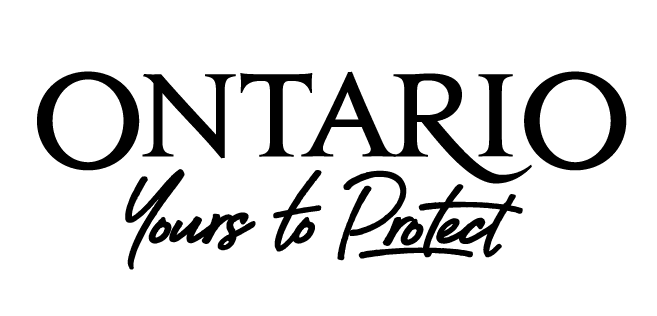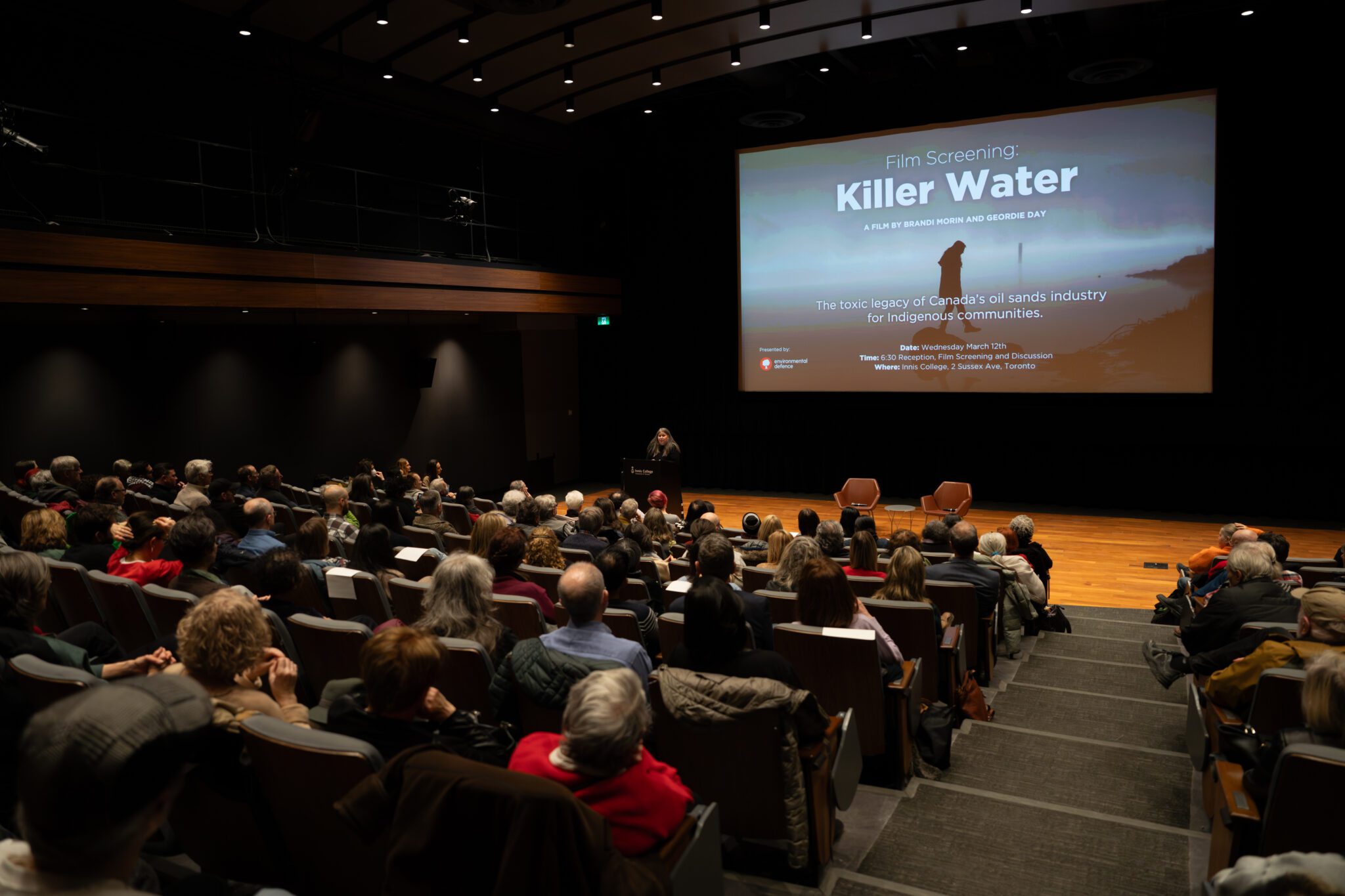As chaos brews south of the border, the safeguards that protect our natural world and communities seem ever more precarious. The changes there, including gutted environmental and social protections, vows to ramp up oil and gas production and renounced human rights laws, increase the threats to our landscapes and communities.

For decades now, Indigenous Nations in the tar sands regions, where toxic tailings “ponds” that store the waste from oil production grow, have faced this type of environmental injustice. There, the oil industry devastates local landscapes, carving deep gashes through the Boreal Forest, and leaving oily plumes in waters that are eerily absent of bugs and fish.
The impacted communities have fought back since day one, and continue to do so today, showing us what resilience and courage look like in the face of mounting injustice.
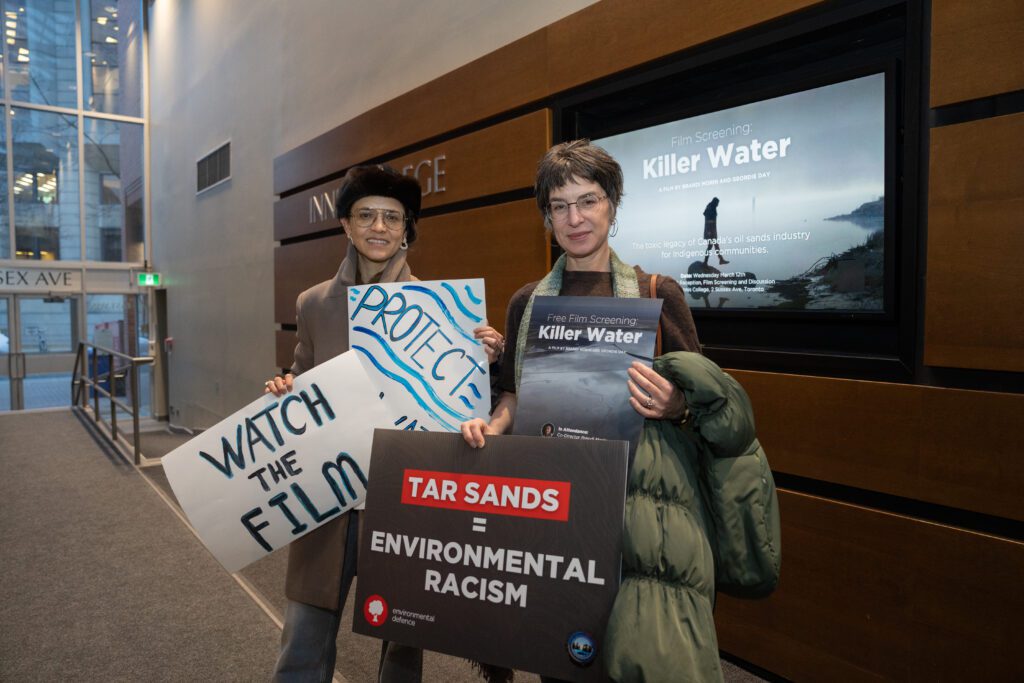
“Killer Water,” the documentary by Brandi Morin and Geordie Day, exposes the harms of oil production in one such impacted community–Fort Chipewyan. On a cold winter night in Toronto, attendees came together to watch the film and to find strength in community.
Youth, donors, long-time advocates and newcomers to activism, gathered around the food table and settled in clusters around the cozy lobby. Some posed with the movie posters and handheld signs, calling for action to “Stop Toxic Tailings,” and “Protect the Water.”
As people filed into the theatre, Cathy Walker, a Toronto-based herbalist of mixed Mohawk and European descent, prepared to share some teachings and a song with us. She said she’s noticed a lot of “changes in the ecosystems and places” here in Ontario, and that she has “to go further and further out” to source medicines.
She described a “constant state of colonization,” saying that she’s seen “entire forestations just devastated to make room for more farmland and then the farmlands get removed to make room for more cottagers [which] gets rid of the land and the plants and the animals that are surviving on those as well.”
In Fort Chipewyan, the lands are fast becoming uninhabitable and Chief Adam Allen has established a fund to relocate the community when, one day soon, they will have to leave their homes. There, as Brandi Morin, award-winning journalist and the film’s co-director emphasized, there are “people that are sick. People that are dying. Couples that have cancer together….And children….This is the legacy that they’re dealing with.”
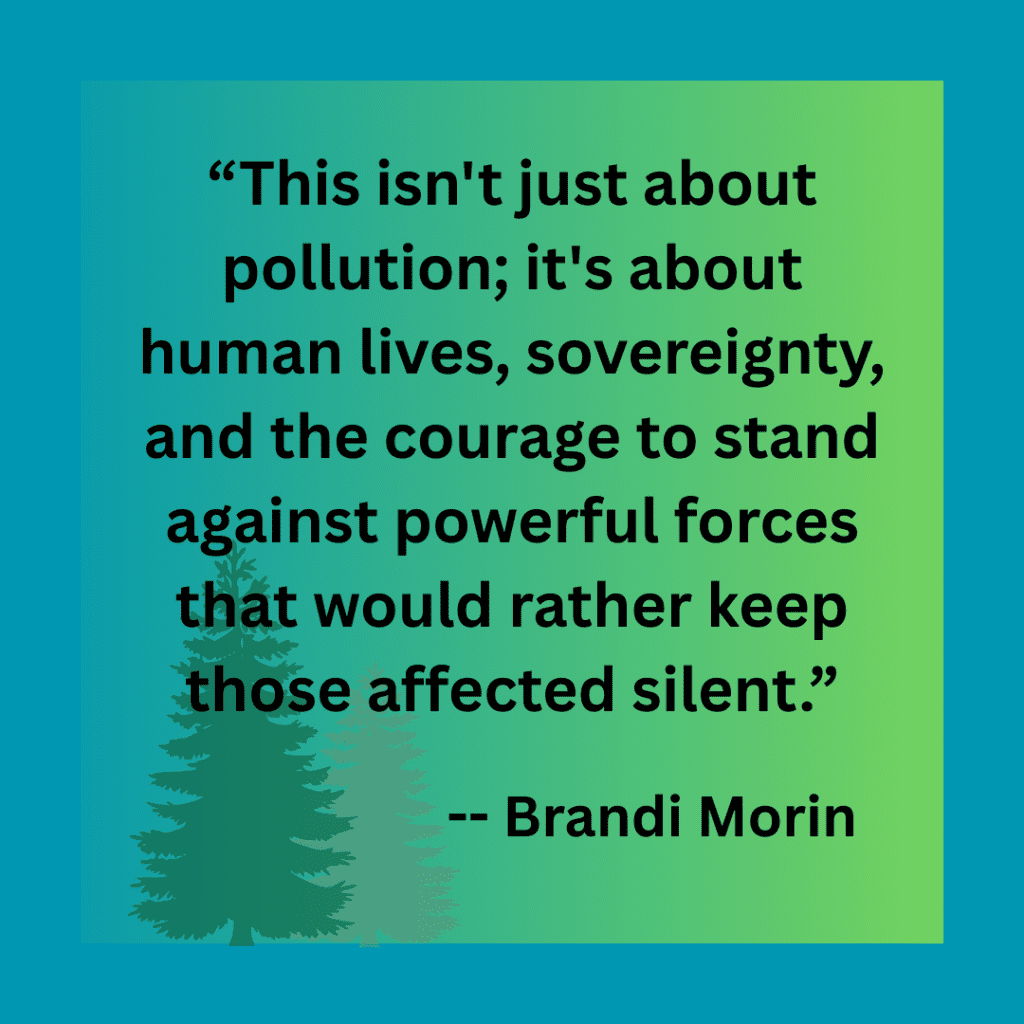
She spoke of the women and mothers on the frontlines, saying “they are out there putting their bodies on the line….I think it’s because they’re mothers and they understand what’s at stake for our children, for the future.”
She also shared the importance of Indigenous-led movements, and the revitalization of traditional knowledge saying that “because of different strategies of colonization, [that knowledge] was put to sleep for a little while, but our people are taking their place again and reclaiming so much. And I think it’s so important to recognize that, to support that and the allyships that I see are being made on a lot of these frontlines.”
Aliénor Rougeot, Senior Program Manager at Environmental Defence and host for the evening, reminded us that due to tireless advocacy, to the decades-long fight, to tens of thousands of people who have taken action by sending messages to the government, we’ve had some wins since the film was released a year ago. A long overdue health study is underway, and the Alberta Energy Regulator has laid charges against Imperial Oil for the egregious leak profiled in the film.
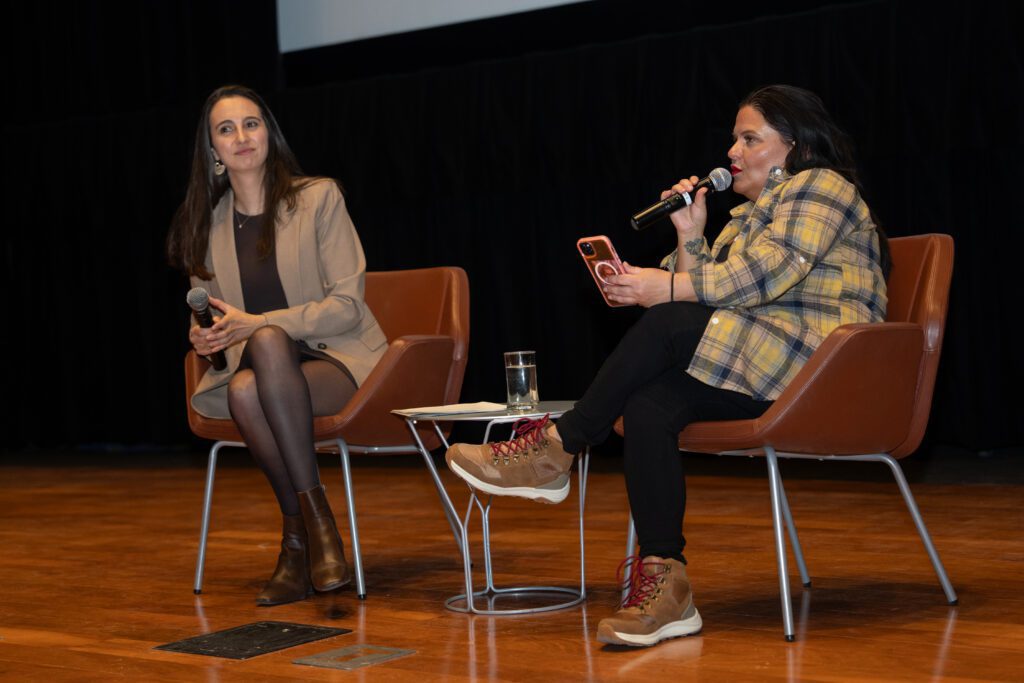
We talked about the importance of what we’d witnessed and of making sure others, including our elected leaders, witness it too. So what’s next? One couple plans to show the film in their community, others expressed the wish to share it with their children and grandchildren, saying the youth have powerful voices.
You can view and share the film and discussion too, using the Film Screening Guide below.
Take Action Now: Film Screening Guide
As the evening drew to a close, Brandi invited her daughter up on stage with her. She expressed her gratitude for the chance to watch the film with a live audience for the first time.
An attendee reminded us how important it is to acknowledge beauty and joy, saying, “at the end of the film, you might have noticed there was an impromptu dance and drumming…The communities in the North of Alberta….celebrate in their culture and their joy…even though they’re faced with all these atrocities…there’s a lot of beauty up there amongst the devastation.”
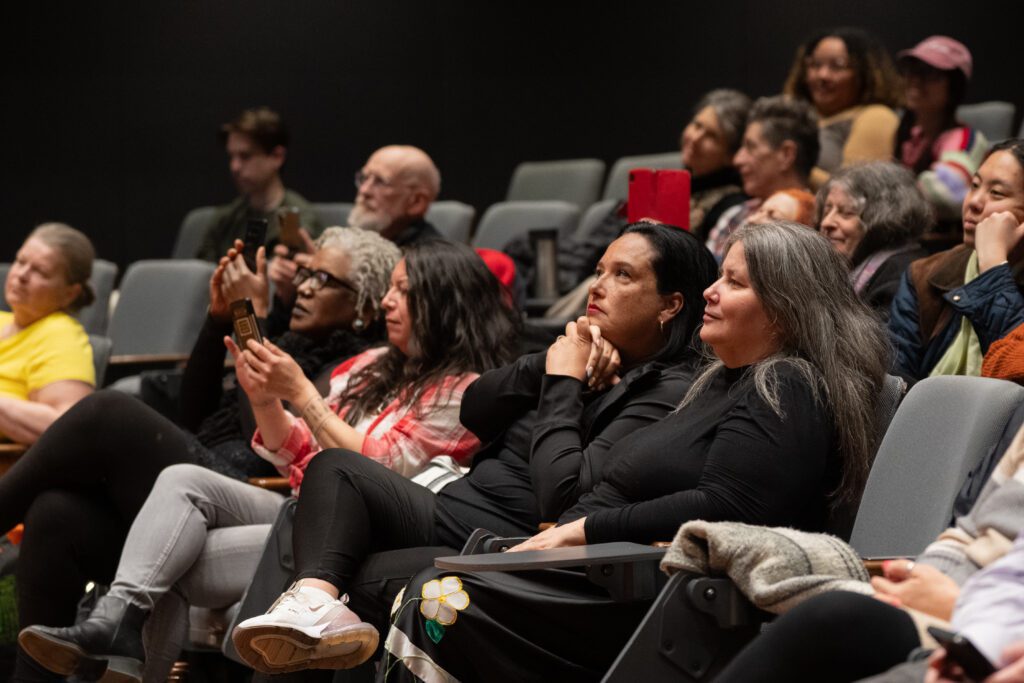
Perhaps, in response to those who are trying to use the looming economic crisis south of the border to seize more power and wealth, we can channel some of the courage that Brandi has shown us through her reporting, and that the community of Fort Chipewyan is showing in their long fight.
After all, our communities are powerfully connected across the country – from the endangered plants in Ontario, to the Boreal Forest in Northern Alberta. Our strength lies in that connection and in collective action to defend the water, our health and the next generations.



